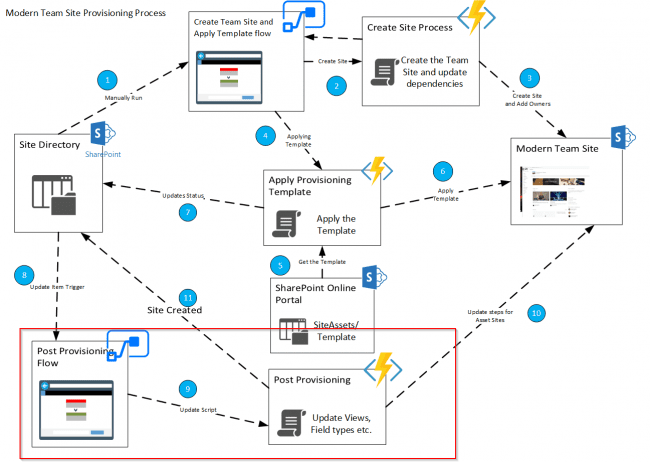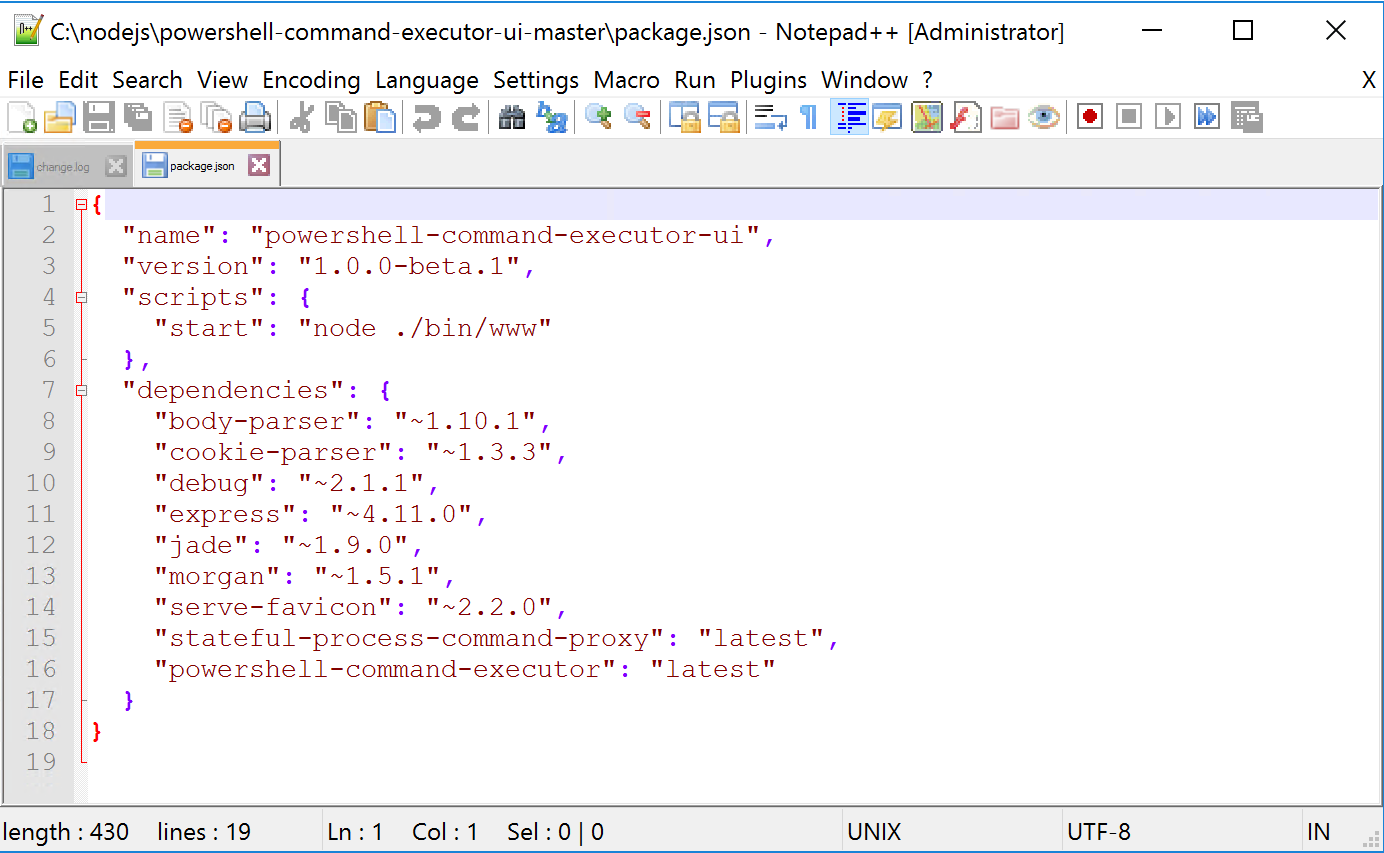Create Office365 business value through the power of limitation
Recent consulting engagements have found me helping customers define what Office365 means to them & what value they see in its use. They are lucky to have licenses and are seeking help to understand how they drive value from the investment.
You’ve heard the sales pitches: Office365 – The platform to solve ALL your needs! From meetings, to document management, working with people outside your organisation, social networking, custom applications, business process automation, forms & workflow, analytics, security & compliance, device management…the list goes on and is only getting bigger!… [Keep reading] “Create Office365 business value through the power of limitation”


